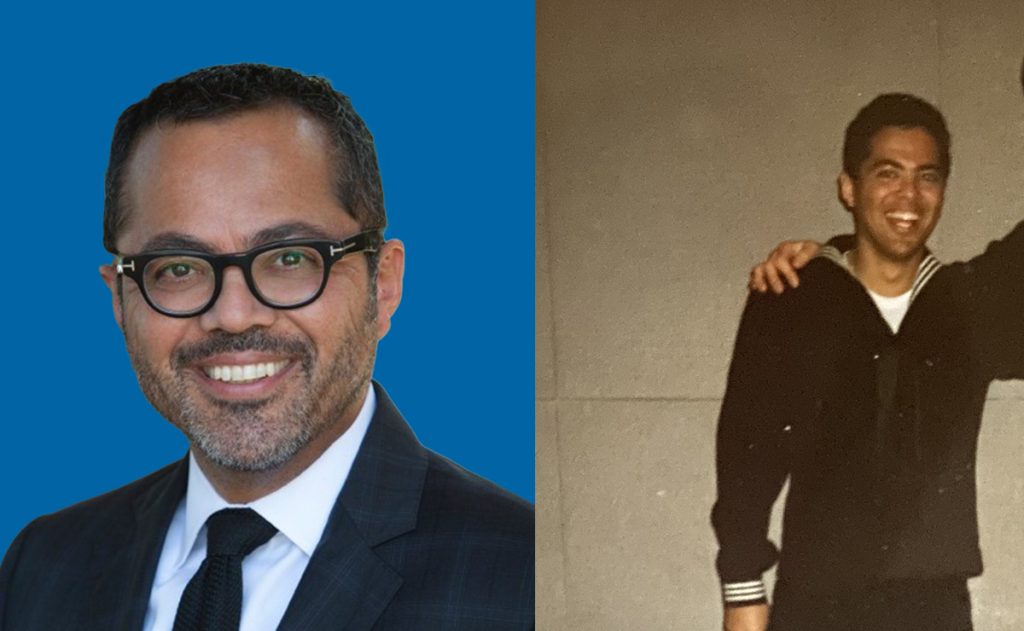
From the moment he opened a first-aid kit in the Boy Scouts, Efrain Cerrato, MBA, ACSM-EP, felt a natural connection to helping others. That connection would eventually lead Cerrato to his current role as the UCI Susan Samueli Integrative Health Institute Cardiac Rehabilitation Lead Exercise Physiologist, where he helps patients with cardiac conditions along the road to recovery. Cerrato’s path intertwines military service and a formally trained artist’s eye combining discipline, deep understanding of the body’s structure and movement, and a keen sense of compassion that sees each patient as an individual.
For Veterans Day, Cerrato shares some of his experiences.
Now, being here at the Susan Samueli Integrative Health Institute Cardiac Rehab, doing what I do with an amazing cohort here, is everything. I’m as committed to this as I was in the service.
Efrain Cerrato, MBA, ACSM-EP, lead exercise physiologist, SSIHI Cardiac Rehab
Could you share a bit about your military experience?
I always knew I wanted to do something like my father, who had a high-level military career. Many of my cousins and uncles are also veterans. It just seemed natural.
At 14, I started working in various jobs and eventually joined the Navy. It was the era of Top Gun, and everyone wanted to be a pilot. But I was really interested in treating people in the field, so I had the intent of being a corpsman.
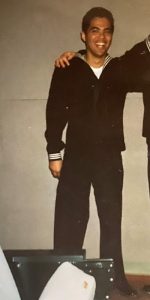
After bootcamp in San Diego, I went to C-School to train to become a surgical tech and was stationed in Bethesda, Maryland, then was stationed at Naval Hospital San Diego and went to night school to study business while working in the operating room and teaching reservists.
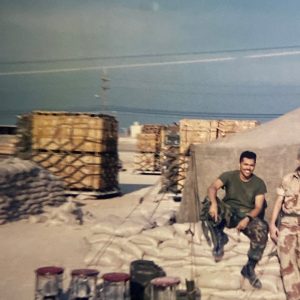
I ended up serving in Desert Storm, in a forward-type surgical hospital – like a MASH [mobile army surgical hospital] unit, stabilizing surgery, gunshot wounds, amputations and humanitarian care for soldiers and civilians alike. I spent four active years in the Navy and three inactive as a reservist. The high-stress environment created bonding, and the humanitarian side of seeing the faces of fear – like the memory of a child shot in the head – still affects me deeply. When I returned, I seriously thought about being a hermit raising horses in Temecula – although I knew nothing about horses!
Is there anything from your military experience that influences your work at the Cardiac Rehab?
Military experience gave me fortitude to follow through as you would in the service – everything you can to make sure the patient comes through healthier. Understanding what the patient has gone through.
It’s my goal to make every person feel heard, accepted and humanized. I understand the medical complexities of the procedures they have undergone. My experience working years as a personal trainer, from celebrities and high-performing athletes to the everyday person just trying to stay fit, taught me the importance of communication and connecting. The life experience I bring with me helps connect to my clients’ life experiences. And to meet people where they are at– and to treat each person as an individual with a personal touch.
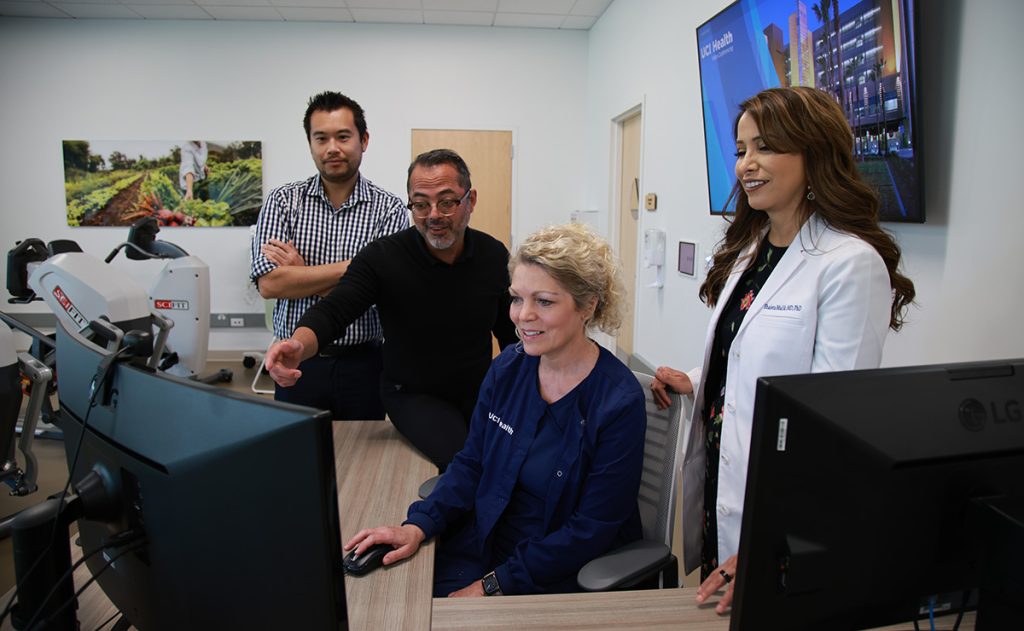
The same compassion comes out for when I was in the service. Some people come in scared, but I am committed to their recovery and what is best for them.
Could you describe how your interest in art connects to your work at the Cardiac Rehab?
For me, art has been a way of telling a story. Historically, people could not read and learned by studying paintings – and experiencing joy, glee and tragedy through the lens of an artist.
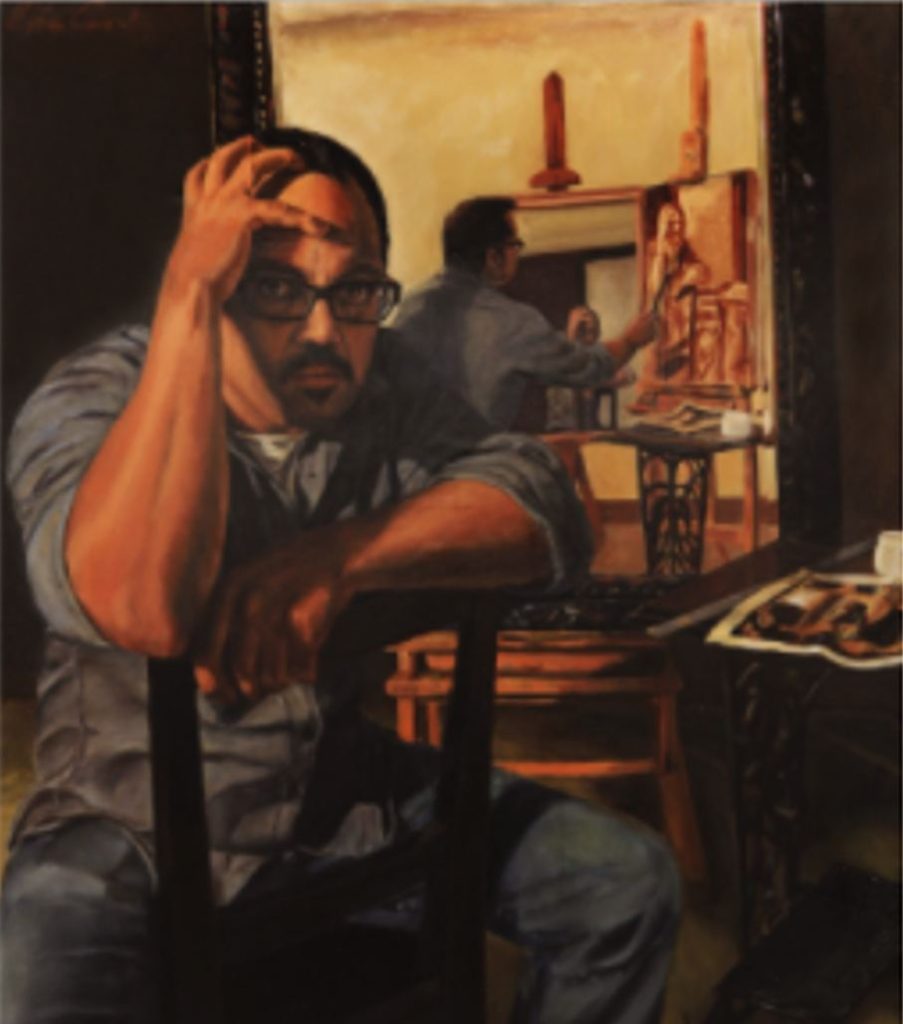
The crossover for me was the human body. Understanding how to paint a figure, you have to understand how the human body works. In my art training, we learned how to make a quick sketch of the full body, overlaying tracing paper to draw the bones, then an overlay to draw the muscles, finally an overlay to draw the clothes.
You understand form follows function, function follows form. Just like an arm rotation, muscles, bones, joints all move together.
With Cardiac Rehab, we use resistance and movement, squats and lunges to see how clients’ bodies move. A lot of people have forgotten how to move. Shaped by restrictions, by the time they grow up, they have often stifled growth and movement.
With simple tasks like laying on the floor and standing up without reaching for a chair, clients often don’t know how to do it. They used to do it. Why can’t they now?
Watching the body in motion, I can see where muscles are tight and weak. Anatomy helped the art, art helped the anatomy.
The human body in art is a challenge.
Anything else you would like to add?
I remember walking on the UCI Health campus for the first time in Orange eight years ago. Standing in front of the cardiology clinic, and the first thing that came to my mind was, I’m home. I know this place.
Now, being here at the Susan Samueli Integrative Health Institute Cardiac Rehab, doing what I do with an amazing cohort here, is everything. I’m as committed to this as I was in the service.
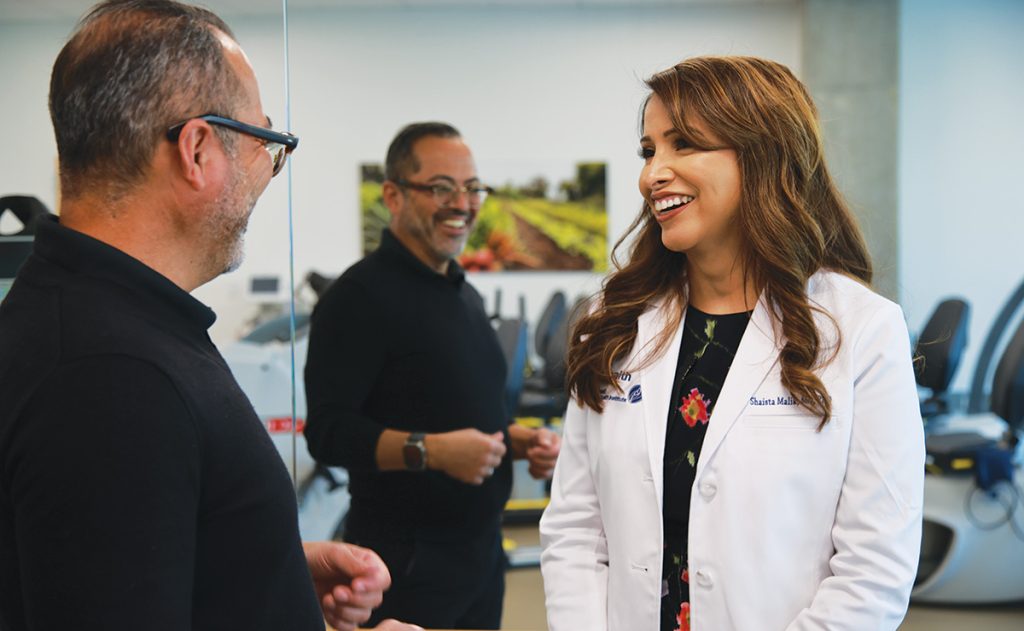
When I come in through these doors, I love working with all the people. Every day is different. But every day, I can give someone a better chance for recovery.
The beauty of this is that I’ve never had to work. I don’t see this as work. I enjoy it. It’s fun. And I have the utmost respect for Dr. Shaista Malik and her vision for the institute. It’s an honor to work in some small way to help realize her vision for transforming healthcare through integrative health.
I wear my heart on my sleeve, and it’s the perfect fit here at SSIHI.